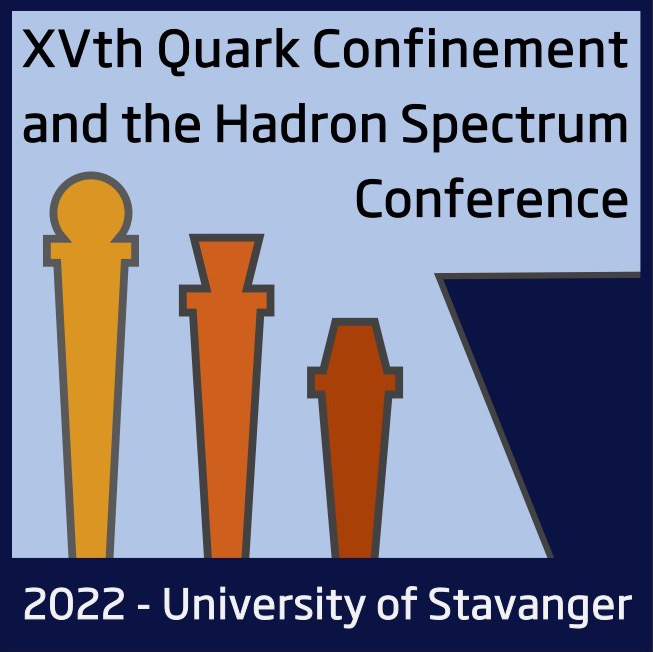Speaker
Description
One of the main subjects in current nuclear physics is to reveal rich
phase structure in high baryon density matter: the first-order chiral
transition line with the QCD critical point (CP), the color
superconducting (CSC) phase transition and so on. In the present
contribution, we calculate how the critical fluctuations that develop
around the QCD CP and CSC phase transition, affect the experimental
observables and transport phenomena based on the two-flavor NJL model.
We consider the Aslamazov-Larkin, Maki-Thompson, and Density of States
terms due to critical fluctuations, which are known to give rise to
anomalous excess of electric conductivity in metals in the vicinity of
the critical temperature of superconductivity. The results show that the
dilepton production rate is enhanced in the low invariant mass region
and that the transport coefficients, such as the electric conductivity,
the relaxation time, and the diffusion constant, diverge at the critical
temperatures. We shall explain the differences of the results between
the two systems and discuss that these results would be detectable as
the experimental signal for each phase transition in the heavy-ion
collision experiments.

